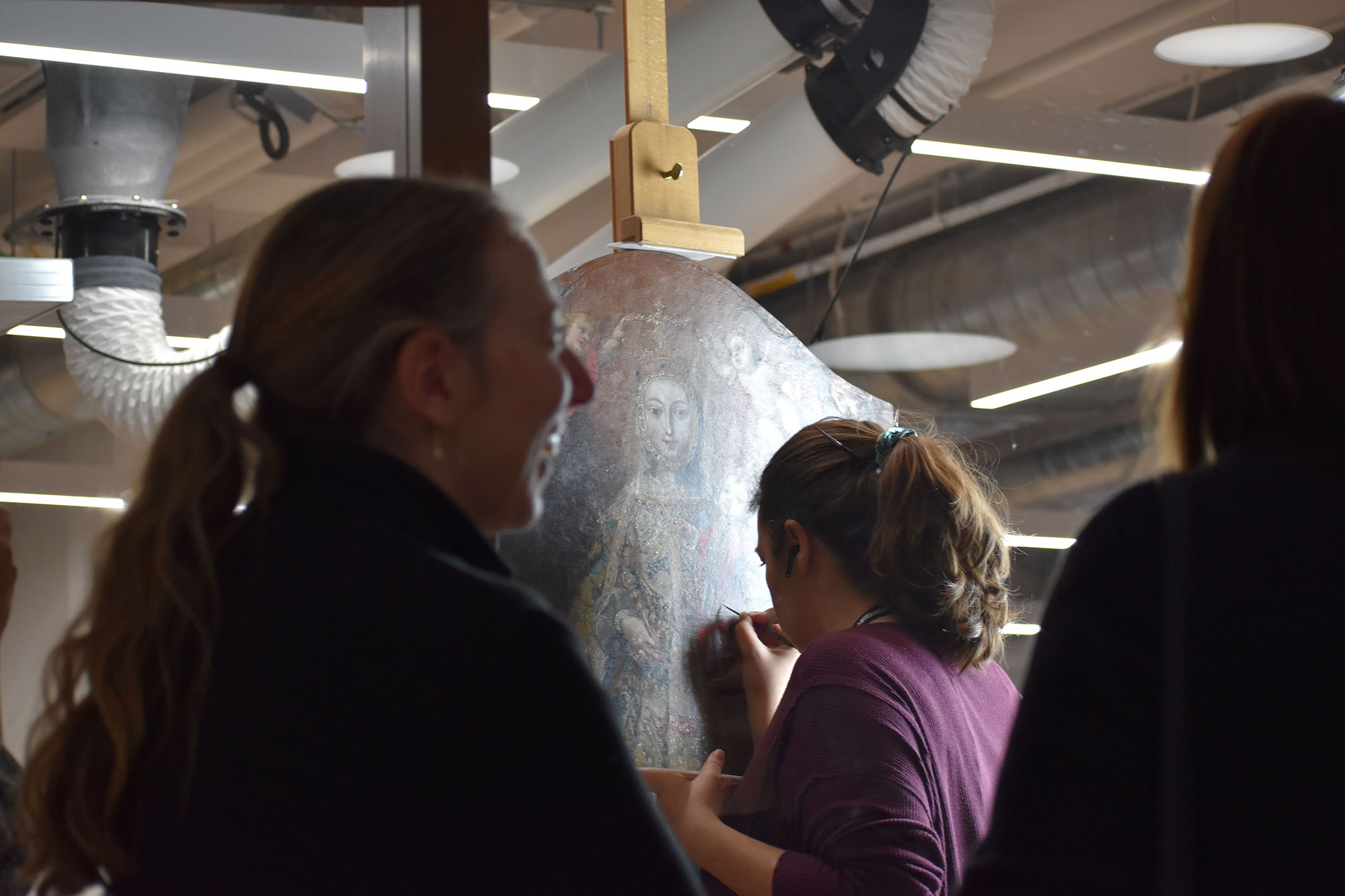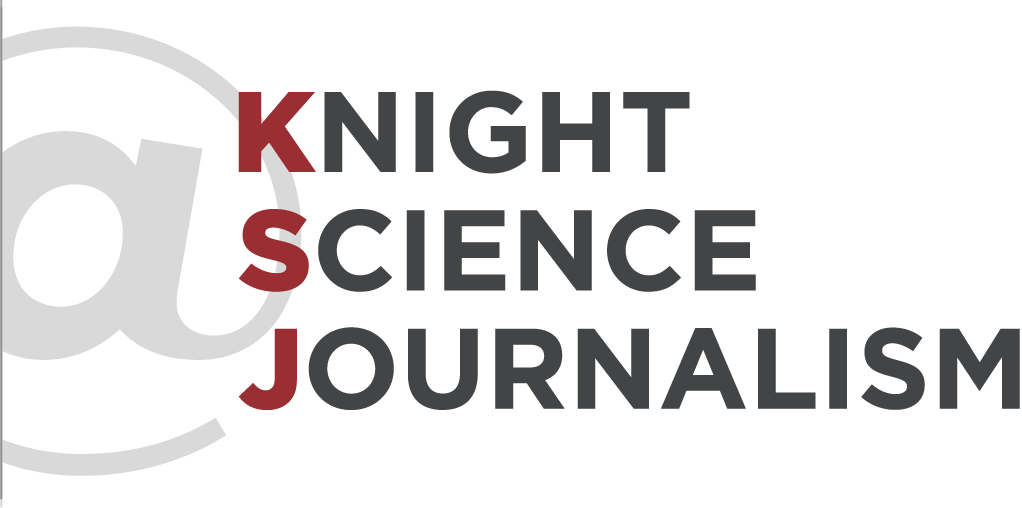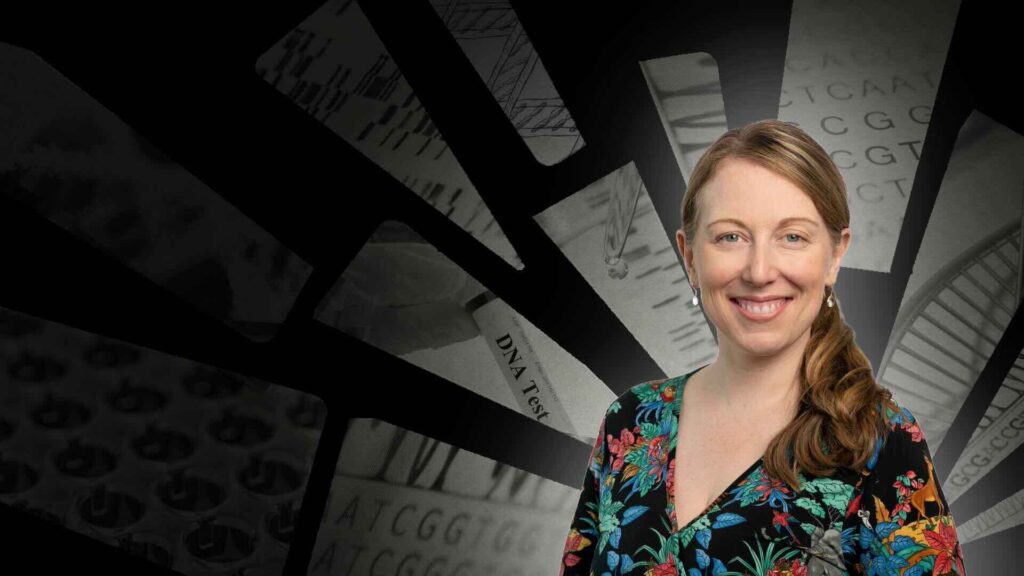Every now and then, a journalist encounters a story that they can’t resist reporting. For Nature editor Nicky Phillips, one such story was the curious case of Kathleen Folbigg.
In 2003, Folbigg was sentenced to 40 years in prison in Australia for the murder of her children. Folbigg’s two sons and two daughters had all died unexpectedly at ages between 19 days and 18 months old. During her initial sentencing, the court relied heavily on the assumption that it was statistically impossible for all four children to have died from natural causes.
But science disagreed. In 2018, scientists looked at the genomes of Folbigg and her children. It was in Folbigg and her daughters’ genes that they found their suspect: a mutation that they believed could have caused fatal heart problems in the children. Despite the new evidence, Folbigg’s conviction was upheld. So, the scientists went back to the bench and began new experiments that would provide the court with more rigorous evidence that the mutation they found could have contributed to the deaths.
In 2022, Phillips, then serving as Bureau Chief of the Asia Pacific Bureau for Nature’s news team, became interested in the new work that these scientists were doing. A mother of one young child herself at the time, Phillips was captivated by Folbigg’s story, and the unusual ways science was interacting with the law. She wrote about the ordeal in a story that was published in Nature Magazine in November of 2022, around the same time that an official investigation was being held to consider the new scientific evidence in Folbigg’s case. That story has since won the UNSW Press Bragg Prize for Science Writing and an award from the National Press Club. I sat down with Phillips, who is currently at MIT as a Knight Science Journalism Fellow, to talk about the process of writing and reporting on the delicate topics of genetics and infanticide. Our interview has been edited and condensed for clarity.
Eva Cornman: Where did the idea for the story come from?
Nicky Phillips: In Australia, it’s quite a well-known story. I came across it more recently because I read a story in Wired about the scientist who was interested in this case, a woman called Carola de Vinuesa. The journalist did such a great job on the story, and I was really inspired by it, so I looked into it a bit more, and things had moved on from where they’d been when he wrote it. I started talking to the scientists involved, and I realized that there was more stuff happening from a research perspective. They could pinpoint in the girls that they had this very, very rare genetic mutation. Up until that point, they’d found the mutation, and they’d been able to say that it’s fairly likely it causes arrhythmia in the heart. But the next step they did was in vivo tests in cells to show the dysfunction it would have caused. On the back of that they petitioned the government to have another inquiry. That’s how I wrote my story, just before they had this inquiry.
EC: Kathleen Folbigg was pardoned in early June of last year because of the overwhelming evidence presented for the November inquiry. What was it like for you when you found out that she had been pardoned?
NP: It was not unexpected. What happened was that the judge presiding over the inquiry gave advice to the government saying that he thought there was reasonable doubt to her guilt. He didn’t actually put out his report. He just said that was the conclusion that he was coming to, but it was going to take him months to write the report. So, on the back of that the government decided to pardon her. I was unsurprised, but it was really significant. This woman was in jail for 20 years. Not only did she have to grieve the loss of her four children, but she was in jail for something that she didn’t do. It was a really fascinating story from a science perspective, but I was actually pregnant with Finn when I was writing this story, so I felt I couldn’t not do this story. My experience as a mother was something I was thinking a lot about in this story.

EC: During the process of writing the story, you were constantly having to balance evidence from scientists with differing opinions. What was that reporting process like?
NP: Yeah, it was a juggle. It helped to talk to a lot of people, and it helped to talk to people who weren’t too close to it. There was a bit of restriction because the inquiry was ongoing and some of the scientists that were involved in the inquiry that were going to be called to give evidence couldn’t talk on the record because they didn’t want to jeopardize it. I ended up talking to a lot of people who weren’t involved, but that was tricky because the lawyers had sort of scoured the world for the best experts to talk on this. The thing that helps when there’s a difference of opinion between scientists is to make sure you are talking to the best people possible, the people who are really expert in exactly what you want to ask them about. So yeah, it was something to balance, but I just made sure in the story that I was sort of open about where the uncertainty was and what the views were of the different experts.
EC: The story got very technical at times. What was it like reporting on the science?
NP: Yeah, that’s the fun part, trying to understand it yourself to a level that you can communicate it. I find that often scientists are pretty generous with their time. We have this sort of mutual goal, the journalist and the scientist, to get the science right. Journalists do want to be accurate, and so that was really important to me. I think it’s important for any story, that the science is accurate, but the stakes felt a little bit higher this time.
EC: You have an ongoing interest in how science interacts with criminal cases. How did that come into play with this story?
NP: This story definitely raised my interest in that. I’m talking to scientists who sort of found the process, the legal system, a bit bewildering, especially in the way it responded to scientific evidence and uncertainty in science. So they deal with uncertainty quite differently than the legal system. And I think they found that a challenge and that interested me in how things turned out in other cases.
Eva Cornman is a student in MIT’s Graduate Program in Science Writing.





Leave a Reply